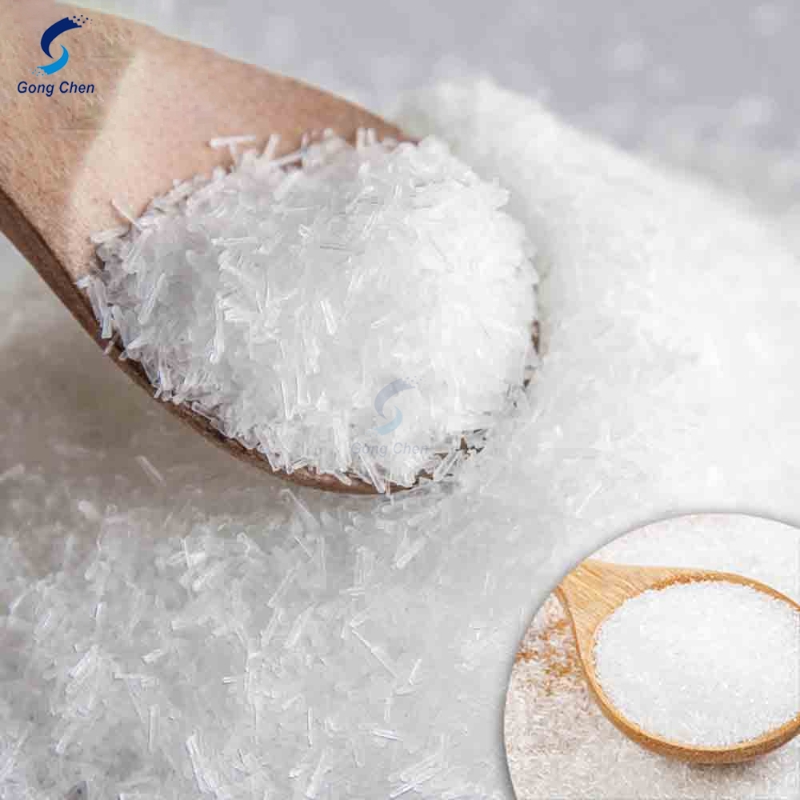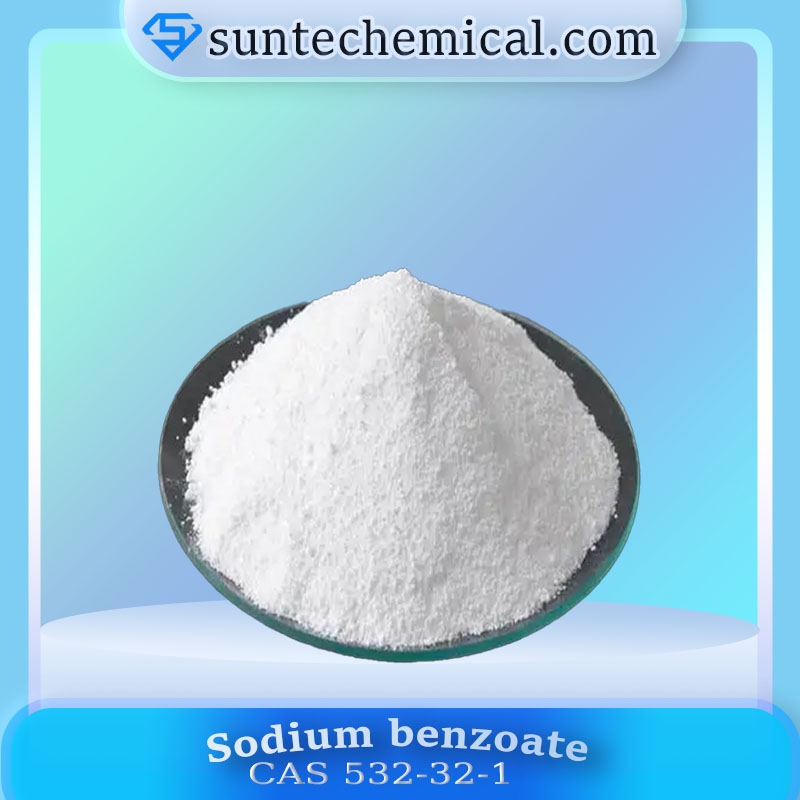-
Categories
-
Pharmaceutical Intermediates
-
Active Pharmaceutical Ingredients
-
Food Additives
- Industrial Coatings
- Agrochemicals
- Dyes and Pigments
- Surfactant
- Flavors and Fragrances
- Chemical Reagents
- Catalyst and Auxiliary
- Natural Products
- Inorganic Chemistry
-
Organic Chemistry
-
Biochemical Engineering
- Analytical Chemistry
-
Cosmetic Ingredient
- Water Treatment Chemical
-
Pharmaceutical Intermediates
Promotion
ECHEMI Mall
Wholesale
Weekly Price
Exhibition
News
-
Trade Service
Ginger is a worldwide Medicinal and Edible spicy vegetable one
.
China's ginger cultivation area, output and export volume rank first in the world
.
The ginger industry has a high economic benefit per unit yield in southwestern China, and has been included in the "seven characteristic agricultural industry chains" by Chongqing Municipality as a preferred industry to promote rural revitalization
.
Gingerol is a unique taste substance of ginger, and is also the main functional factor of multiple functional activities of ginger .
It has broad application prospects in the fields of condiments , cosmetics, and medical care
.
However, the long- term lack of ginger genome information has limited our research on ginger genome and understanding of the regulation mechanism of gingerol synthesis, resulting in the slow development of ginger molecular breeding
.
.
China's ginger cultivation area, output and export volume rank first in the world
.
The ginger industry has a high economic benefit per unit yield in southwestern China, and has been included in the "seven characteristic agricultural industry chains" by Chongqing Municipality as a preferred industry to promote rural revitalization
.
Gingerol is a unique taste substance of ginger, and is also the main functional factor of multiple functional activities of ginger .
It has broad application prospects in the fields of condiments , cosmetics, and medical care
.
However, the long- term lack of ginger genome information has limited our research on ginger genome and understanding of the regulation mechanism of gingerol synthesis, resulting in the slow development of ginger molecular breeding
.
On August 5, 2021, Horticulture Research published an online research paper entitled Haplotype-resolved genome of diploid ginger (Zingiber officinale) and its unique gingerol biosynthetic pathway
.
.
This study deciphered the genome of Zhugenjiang, the main planted variety in Southwest China, and assembled two sets of single sets of Zhugenjiang using short read length (369.
51 Gb), long read length PacBio (285.
81 Gb) and Hi-C (563.
16 Gb) strategies.
The genome size of the haplotype is 1.
53 Gb (contig N50: 4.
68 M) and 1.
51 Gb (contig N50: 5.
28 M), 98.
11% of the sequence is anchored to 22 chromosomes (Figure 1)
.
The overlap of PacBio read length in the two haplotypes was 97.
95% and 98.
1%, respectively, showing the accuracy of typing
.
The Ka/Ks analysis of the two sets of haplotypes revealed that ginger experienced similar selection pressures during the historical process of domestication
.
Through allelic analysis, a total of 55,635 genes (72% of all genes) have homology in the two haplotypes
.
Among the 17,226 pairs of alleles in ginger, 11.
9% showed chromosome preference at the transcriptional level (Figure 2)
.
The study found that the ginger genome has a heterozygosity of 3.
6%, which is currently the plant genome with the highest heterozygosity reported
.
The repetitive sequence is high, of which long terminal repeats (LTRs) account for 61.
06%, which may be the main reason for the large genome and high heterozygosity, and it is also the main driving force for the evolution of the ginger genome
.
The ginger alleles showed no difference in expression between the two sets of haplotypes.
Among the 17,226 pairs of alleles, 2055 pairs (11.
9%) showed chromosome preference at the transcriptional level
.
51 Gb), long read length PacBio (285.
81 Gb) and Hi-C (563.
16 Gb) strategies.
The genome size of the haplotype is 1.
53 Gb (contig N50: 4.
68 M) and 1.
51 Gb (contig N50: 5.
28 M), 98.
11% of the sequence is anchored to 22 chromosomes (Figure 1)
.
The overlap of PacBio read length in the two haplotypes was 97.
95% and 98.
1%, respectively, showing the accuracy of typing
.
The Ka/Ks analysis of the two sets of haplotypes revealed that ginger experienced similar selection pressures during the historical process of domestication
.
Through allelic analysis, a total of 55,635 genes (72% of all genes) have homology in the two haplotypes
.
Among the 17,226 pairs of alleles in ginger, 11.
9% showed chromosome preference at the transcriptional level (Figure 2)
.
The study found that the ginger genome has a heterozygosity of 3.
6%, which is currently the plant genome with the highest heterozygosity reported
.
The repetitive sequence is high, of which long terminal repeats (LTRs) account for 61.
06%, which may be the main reason for the large genome and high heterozygosity, and it is also the main driving force for the evolution of the ginger genome
.
The ginger alleles showed no difference in expression between the two sets of haplotypes.
Among the 17,226 pairs of alleles, 2055 pairs (11.
9%) showed chromosome preference at the transcriptional level
.
Figure 1.
Genomic characteristics statistics of ginger
.
a.
Chromosome; b.
Gene density; c.
SSR density; d.
LTR density; e.
GC content
.
Genomic characteristics statistics of ginger
.
a.
Chromosome; b.
Gene density; c.
SSR density; d.
LTR density; e.
GC content
.
Figure 2.
Comparison of two sets of haplotype alleles in ginger
.
A.
Ka/Ks value of a single chromosome of two haplotypes; B.
Distribution map of alleles of ginger haplotype 1 and haplotype 0 (from inside to outside: a.
heterozygosity ratio; b.
alleles C.
Heterozygous gene ratio; d.
DEL ratio; e.
chromosome number; f.
allele linkage); C.
FPKM value of chromosome alleles for two haplotypes
.
Comparison of two sets of haplotype alleles in ginger
.
A.
Ka/Ks value of a single chromosome of two haplotypes; B.
Distribution map of alleles of ginger haplotype 1 and haplotype 0 (from inside to outside: a.
heterozygosity ratio; b.
alleles C.
Heterozygous gene ratio; d.
DEL ratio; e.
chromosome number; f.
allele linkage); C.
FPKM value of chromosome alleles for two haplotypes
.
By integrating genome, transcriptome and metabolome data for integrated analysis, the study constructed a pathway for the synthesis of gingerin, a unique component of ginger, and screened out 12 key enzyme families involved in the synthesis of gingerol (PAL, C4H, 4CL, CST, C3′H, C3OMT, CCOMT, CSE, PKS, AOR, DHN, and DHT), identified 38 important transcription factor families that may regulate gingerin synthesis, and mapped out the molecular regulatory network for gingerin synthesis
.
.
Figure 3.
Quantitative analysis of important secondary metabolites in ginger and analysis of gingerol synthesis pathway
.
A.
Schematic diagram of sample collection; B.
Principal component analysis of ginger rhizome metabolites identified by positive/negative ion mode; C.
Expression pathways of key genes in gingerol biosynthesis
.
Quantitative analysis of important secondary metabolites in ginger and analysis of gingerol synthesis pathway
.
A.
Schematic diagram of sample collection; B.
Principal component analysis of ginger rhizome metabolites identified by positive/negative ion mode; C.
Expression pathways of key genes in gingerol biosynthesis
.
The work was led by Professor Liu Yiqing (Chongqing University of Arts and Sciences, Yangtze University), and jointly completed by Southwest University and BGI
.
Associate Professor Dong Guangming of the Biology Research Center is the co-first author, Professor Xia Qingyou is the co-corresponding author, and Professor Zhao Ping, Professor Wang Yi and Associate Professor Zhang Yan participate as collaborators
.
This research was supported by the major special project of ginger genome of Chongqing University of Arts and Science and the Chongqing Natural Science Foundation of China
.
.
Associate Professor Dong Guangming of the Biology Research Center is the co-first author, Professor Xia Qingyou is the co-corresponding author, and Professor Zhao Ping, Professor Wang Yi and Associate Professor Zhang Yan participate as collaborators
.
This research was supported by the major special project of ginger genome of Chongqing University of Arts and Science and the Chongqing Natural Science Foundation of China
.







